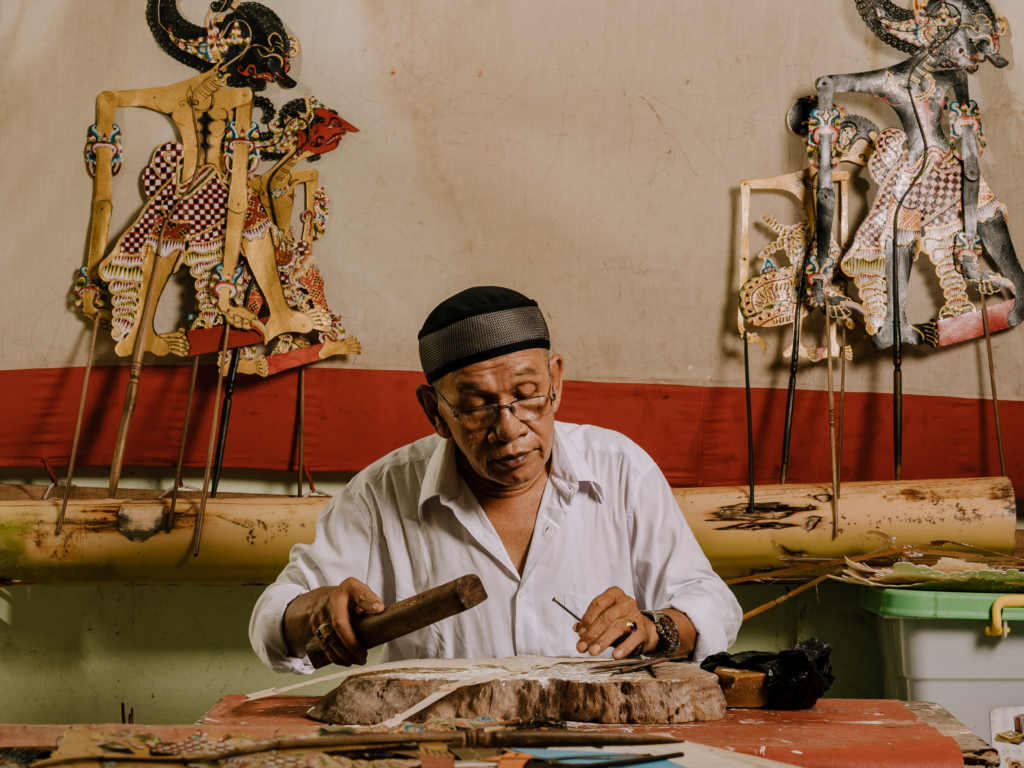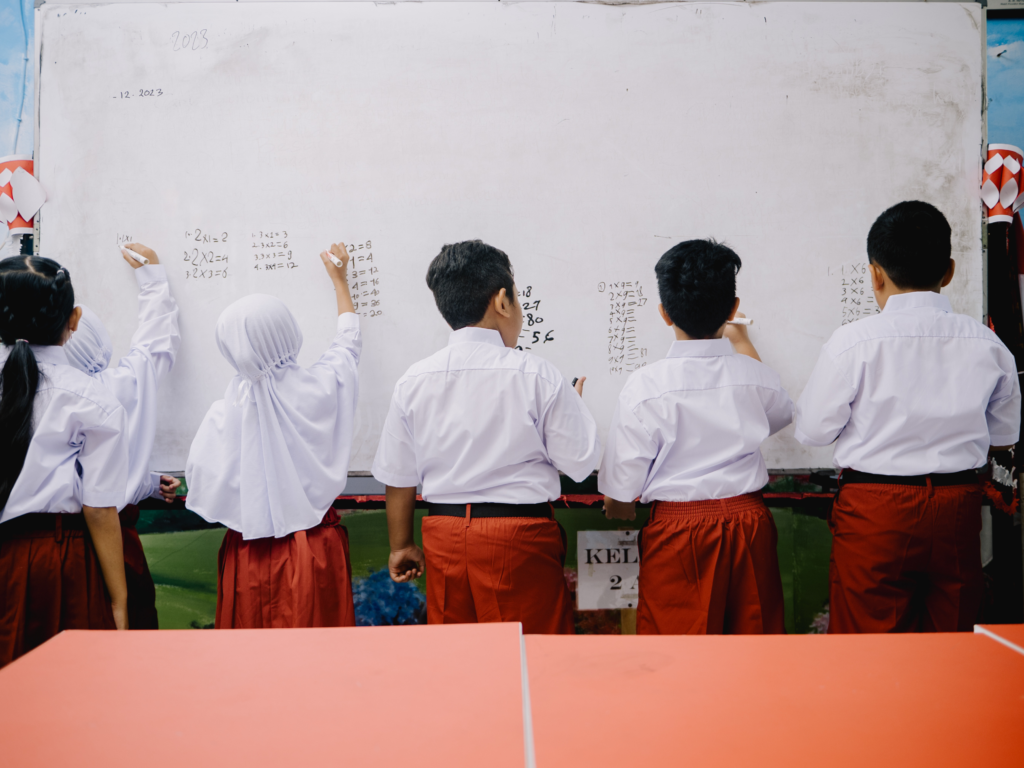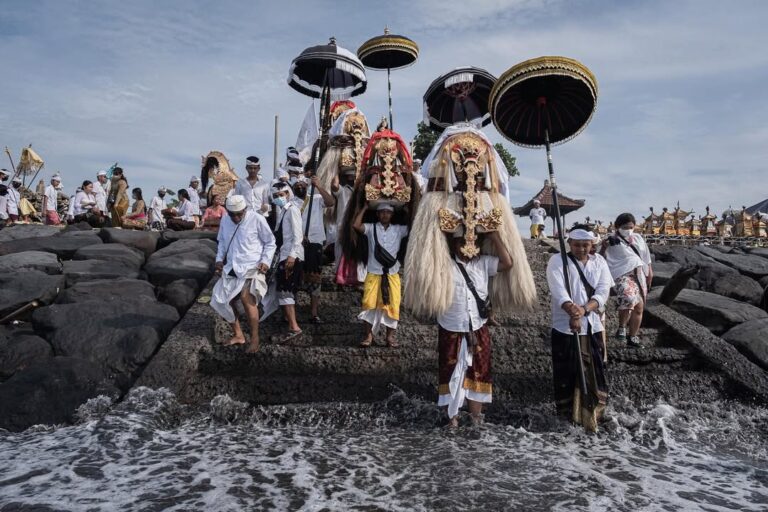Ever been met with the question, “Do you speak Bahasa?” While the sentiment is appreciated, for Indonesians, the word “Bahasa” literally means “language” in English.
Henceforth “Bahasa Indonesia” simply means “Indonesian Language”. For example, “Korean Language” is translated as “Bahasa Korea”, and the same applies to other languages such as “Bahasa Italia” (Italian), “Bahasa Arab” (Arabic), “Bahasa Spanyol” (Spanish) and so on.
Indonesians generally do not recognise the name “Bahasa” alone when it refers to their national language.
So when you say “I don’t speak Bahasa” or even worse, “I’m learning Bahasian”, you might have made a fool out of yourself and Indonesians are usually too polite to correct you.
To anticipate further embarrassments, let’s delve deeper and explore the fascinating evolution of Bahasa Indonesia, the unifying voice of the Indonesian archipelago.
Indonesia’s linguistic landscape is as diverse as its culture. Over centuries, numerous languages and dialects flourished across the islands.
Sanskrit, a classical Indian language, played a significant role, influencing vocabulary and literary works. The rise of Malay, a vibrant Austronesian language, marked a turning point.
Its widespread use in trade and its adaptability made it a lingua franca, facilitating communication across the archipelago.

(Photo by : Satrio Ramadhan)
The arrival of Dutch colonists in the 17th century introduced a new layer of complexity.
Malay, with its established presence, became a crucial tool for communication between the Dutch and the indigenous population.
However, Dutch remained the language of administration and education, limiting Malay’s official status.
A pivotal moment arrived in 1928 with the “Sumpah Pemuda” (Youth Pledge/Oath of Youth) is the popular name of the primary part of the Decision of the Congress of Indonesian Youth (van Ophuijsen spelling Indonesian: Poetoesan Congres Pemoeda-pemoeda Indonesia) of 28 October 1928 in Surabaya, which defined the identity of Indonesians.
This gathering of young Indonesians from diverse ethnicities pledged to uphold and proclaimed three ideas: one motherland, one nation, and a unifying language.
Recognizing its power to transcend regional divisions and foster national identity. The adaptation of Riau Malay with its widespread familiarity, combined with several other languages such as Javanese, Betawinese, Sanskrit, Arabic and Dutch became the natural foundation for this unifying language.
Following Indonesia’s independence in 1945, Bahasa Indonesia was officially declared the national language. This marked the beginning of a language-building process.
Scholars drew from various indigenous languages and existing Malay dialects, enriching Bahasa Indonesia’s vocabulary and grammar.
The government actively promoted its use in education, administration, and media, solidifying its role as a unifying force for the newly formed nation.

(Photo by : Satrio Ramadhan)
A Language in Constant Evolution
Bahasa Indonesia continues to evolve. Technology and globalisation have introduced new words and loanwords, reflecting the nation’s growing interconnectedness.
The language remains flexible, adapting to the needs of its speakers while staying true to its roots.
A Multi-Lingual Marvel: Beyond Bahasa Indonesia
It’s important to remember that Bahasa Indonesia exists as a unified language within a vibrant tapestry of languages, establishing its reputation as the second most linguistically diverse nation in the world.
Present-day Indonesia boasts over 720 indigenous languages scattered across the archipelago, each with its own unique history and character.
This multilingualism is a cornerstone of Indonesian identity. Every Indonesians grow up speaking at least two to three languages: their native/regional language, Bahasa Indonesia for national communication, and often English, introduced in schools.
This facility with multiple languages reflects Indonesia’s rich cultural heritage and its openness to the world. So, the next time you encounter someone who speaks Bahasa Indonesia, remember, it’s more than just a “language”.
It’s a vibrant tapestry woven from ancient roots, colonial encounters, and a spirit of national unity.
Understanding its history allows us to appreciate its power in connecting over 270 million people across a vast and diverse archipelago.
Furthermore, it serves as a reminder of the incredible linguistic richness of Indonesia, a nation where multilingualism is not just a fact, but a way of life.

(Photo by : Satrio Ramadhan)
A Gentle Introduction to Bahasa Indonesia
Intrigued by the beautiful sounds of Bahasa Indonesia and ready to take your first steps? Here’s a quick starter kit to equip you with some essential phrases:
Greetings :
Hello/Hi : Halo (hah-loh)
Good morning : Selamat pagi (seh-lah-mat pah-gi)
Good afternoon : Selamat siang (seh-lah-mat see-ang)
Good evening : Selamat malam (seh-lah-mat mah-lam)
Sir/Mister : Pak/Bapak (pa’/bāppa’)
Ma’am/Madam : Bu/Ibu (boo/ee-boo)
Basic Courtesy :
Thank you : Terima kasih (té-ree-mah-kah-sih)
You’re welcome : Sama-sama (sah-mah-sah-mah)
Please : Tolong (toh-long)
Excuse me : Permisi (peh-rmee-see)
Essential Phrases :
How are you? : Apa kabar? (ah-pa kah-bar)
I am fine : Baik (bike)
My name is… : Nama saya… (nah-mah sah-yah…)
Yes : Iya (ee-yah)
No : Gak – Informal | Tidak (tee-dak) – Formal
Numbers (1-10) :
One : Satu (sah-too)
Two : Dua (doo-ah)
Three : Tiga (tee-gah)
Four : Empat (em-pat)
Five : Lima (lee-mah)
Six : Enam (eh-nam)
Seven : Tujuh (too-jooh)
Eight : Delapan (de-lah-pan)
Nine : Sembilan (seh-mbee-lan)
Ten : Sepuluh (seh-poo-looh)
Tips for New Learners :
Pronunciation in Bahasa Indonesia is generally quite straightforward. Each letter is usually pronounced as it is written.
Bahasa Indonesia uses a Subject-Verb-Object sentence structure, similar to English.
There are no grammatical genders (masculine/feminine) in Bahasa Indonesia.
Remember, this is just a starting point! There are many resources available online and in libraries to help you delve deeper into the beautiful and dynamic world of Bahasa Indonesia.




